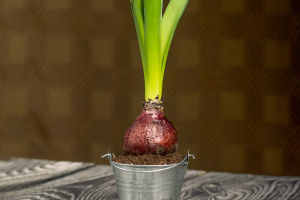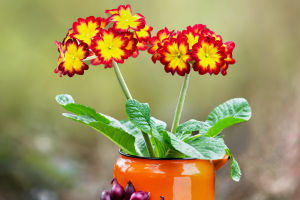Chrysanthemums, revered for their timeless allure and elegant demeanor, lend their enchanting presence to myriad settings, whether gracing courtyards, gardens, or pots.
Yet, to nurture their flourishing, a nuanced comprehension of their ideal planting environment and requisite cultivation techniques is indispensable.
Understanding Chrysanthemums' Ideal Environment and Cultivation Techniques
1. Soil Environment
Chrysanthemums boast modest soil requirements yet thrive in loose, well-drained substrates. Thus, when embarking on their cultivation journey, selecting sandy loam or loam as the foundational soil, supplemented with judiciously incorporated humus, enriches soil fertility and promotes optimal aeration.
2. Illumination Requirements
As natural sun worshippers, chrysanthemums revel in abundant light. When identifying planting sites, prioritize areas with ample sunlight, minimizing potential shade from trees or towering structures. Ensuring a minimum of 6 hours of daily sunlight fosters vigorous growth and abundant flowering.
3. Temperature and Humidity
Chrysanthemums exhibit remarkable resilience to temperature fluctuations, thriving within the 15-25 degrees Celsius range. However, during scorching summer spells, meticulous hydration becomes paramount.
It is timely misting to augment air moisture levels and safeguards against drought-induced stress and heat damage.
4. Moisture Management
Chrysanthemums necessitate judicious watering, eschewing excess moisture. Superfluous irrigation can precipitate root rot, hampering growth. Hence, exercising restraint during watering and maintaining soil moisture without waterlogging is pivotal.
Particularly during precipitation-rich seasons, prompt drainage is imperative to avert waterlogged detriment.
5. Fertilization Strategies
Nutrient sustenance is vital for chrysanthemums to thrive and bloom vibrantly. Therefore, periodic compound or organic fertilizer application every 2-3 weeks throughout the growing season replenishes soil nutrients.
Caution must be exercised to avoid over-fertilization, leading to soil contamination or excessive stimulation, hindering flowering finesse.
6. Pest and Disease Management
During their growth trajectory, chrysanthemums are susceptible to many pests and diseases, including aphids and powdery mildew. Hence, proactive vigilance is imperative.
Correctly identifying pest or pathogen incursions necessitates corresponding remedial measures, such as targeted insecticidal or fungicidal interventions, safeguarding chrysanthemum health.
In essence, chrysanthemums thrive in sun-drenched locales with temperate climates and well-drained soil substrates.
Through astute soil stewardship, prudent water management, fertilization finesse, and proactive pest and disease vigilance, chrysanthemums burgeon robustly, adorning seasons with resplendent blooms, offering sublime visual gratification.


